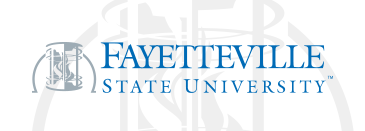Evidence to Action: Revolutionizing the Community Guide Through Artificial Intelligence
Document Type
Article
Publication Date
2025
Abstract
Health education specialists can access many resources–planning tools, U.S. health surveillance data, policy updates, and systematic reviews–to identify, plan, and implement evidence-based interventions. However, these resources can be challenging to interpret and apply effectively. Health education specialists must be able to identify evidence-based interventions, adapt them to specific populations, and implement them in ways that lead to improved health outcomes. This commentary introduces a conceptual approach to enhancing the use of The Guide to Community Preventive Services; (The Community Guide) in public health practice. It explores how two artificial technologies–chatbots and digital twins–can support the planning process and encourage the broader adoption of evidence-based interventions. The Evidence to Action tool is organized around the PRECEDE-PROCEED model and includes features that guide users through assessment, planning, implementation, and evaluation. It also connects health education specialists to What Works fact sheets and key Community Preventive Services Task Force resources. While the tool offers new ways to organize and apply information, it remains grounded in the core values of the PRECEDE-PROCEED model, including relevance, participation, and ethical practice. The approach has practical implications for strengthening the capacity of the public health workforce and supporting evidence-informed decision-making in real-world settings. © 2025 Elsevier B.V., All rights reserved.
Recommended Citation
Haithcox-Dennis, Melissa, "Evidence to Action: Revolutionizing the Community Guide Through Artificial Intelligence" (2025). College of Education. 65.
https://digitalcommons.uncfsu.edu/college_education/65


